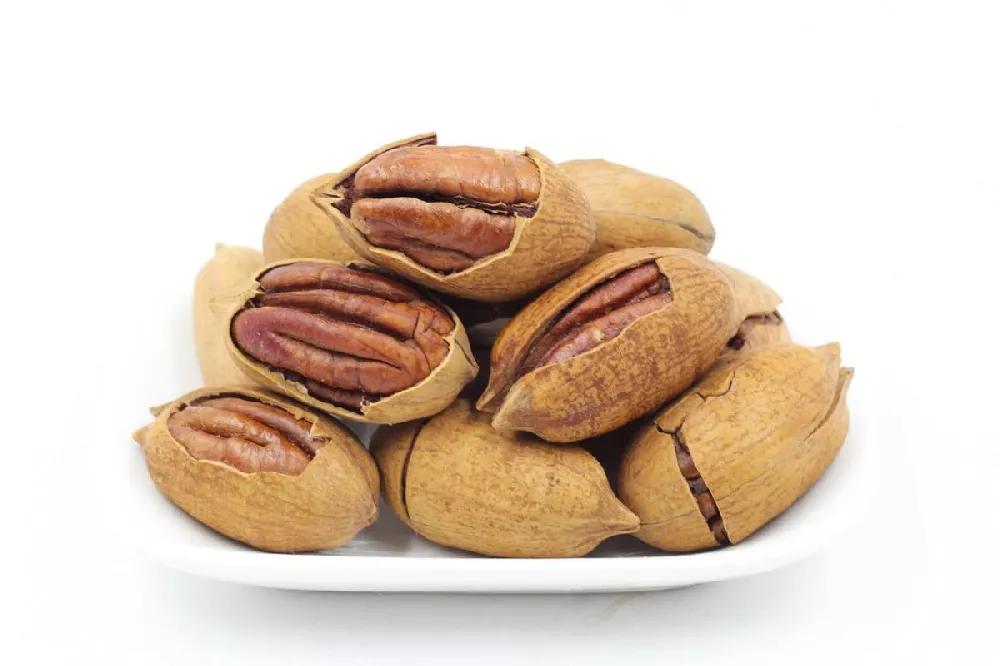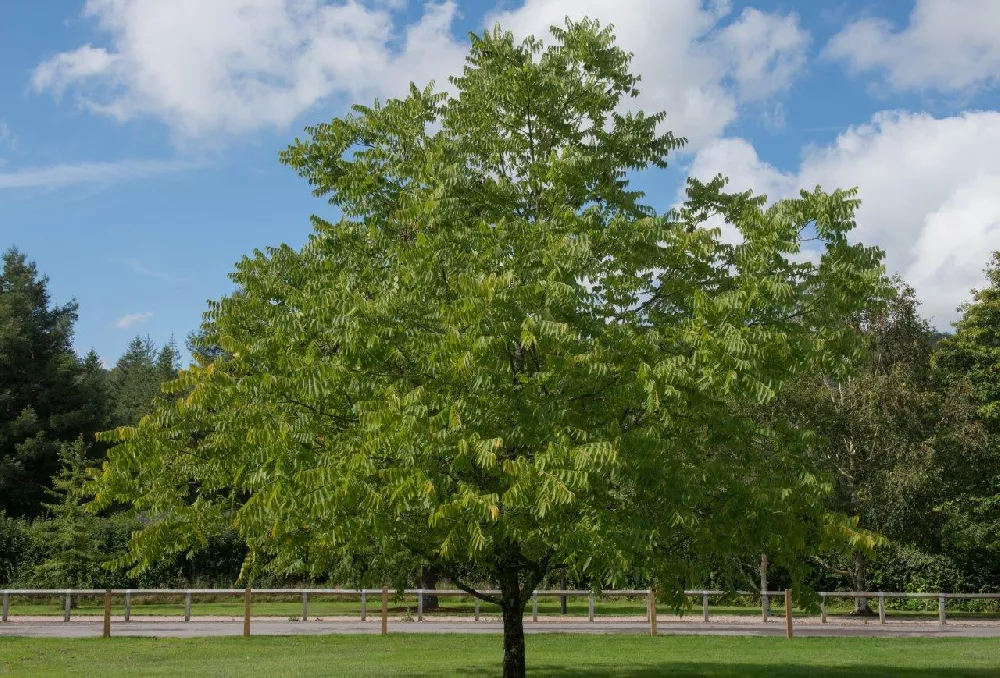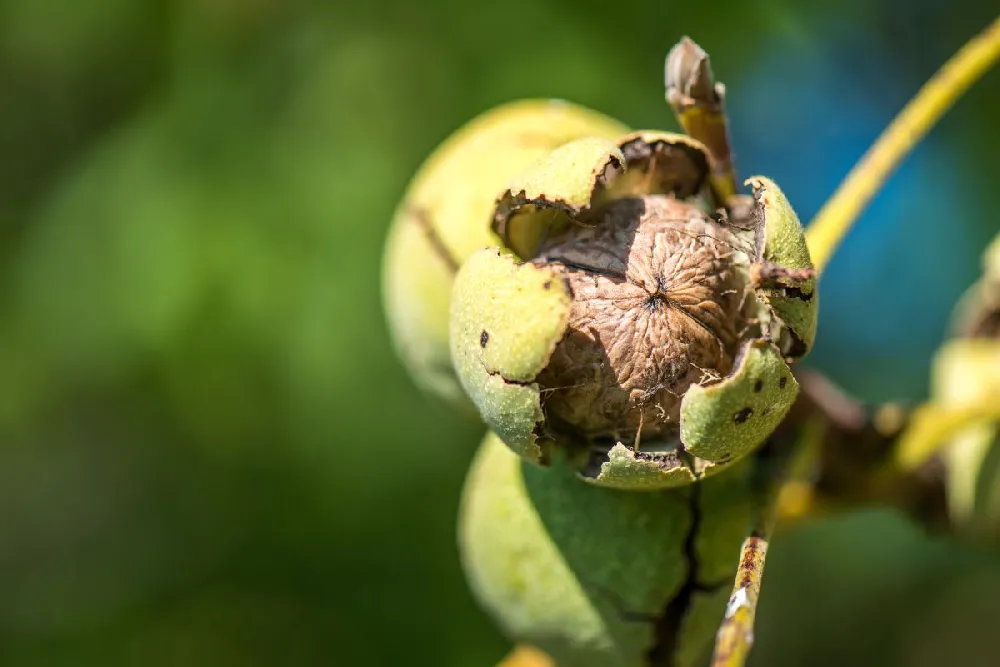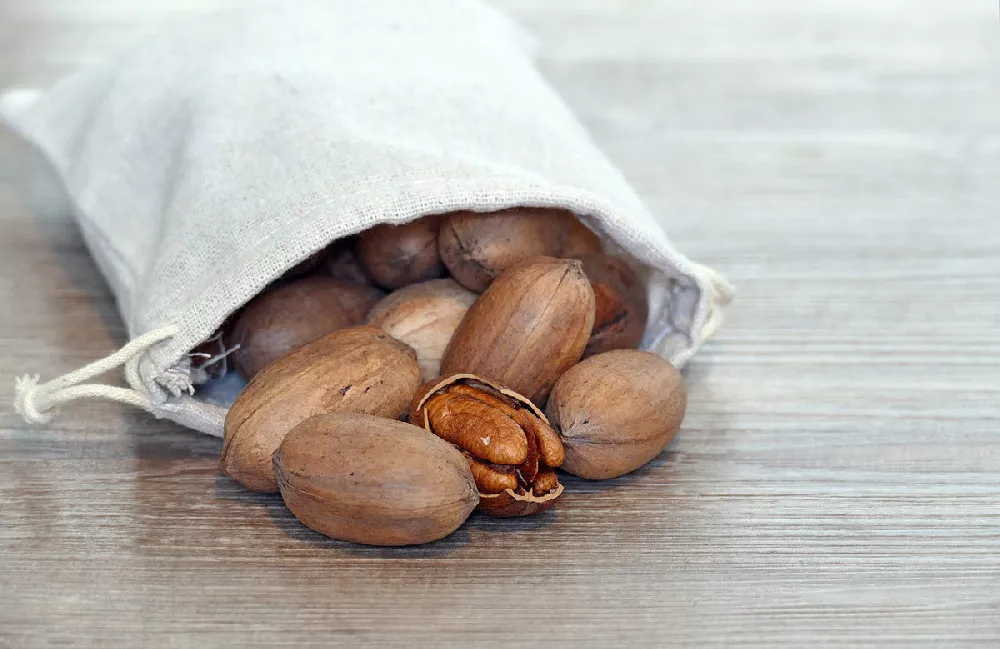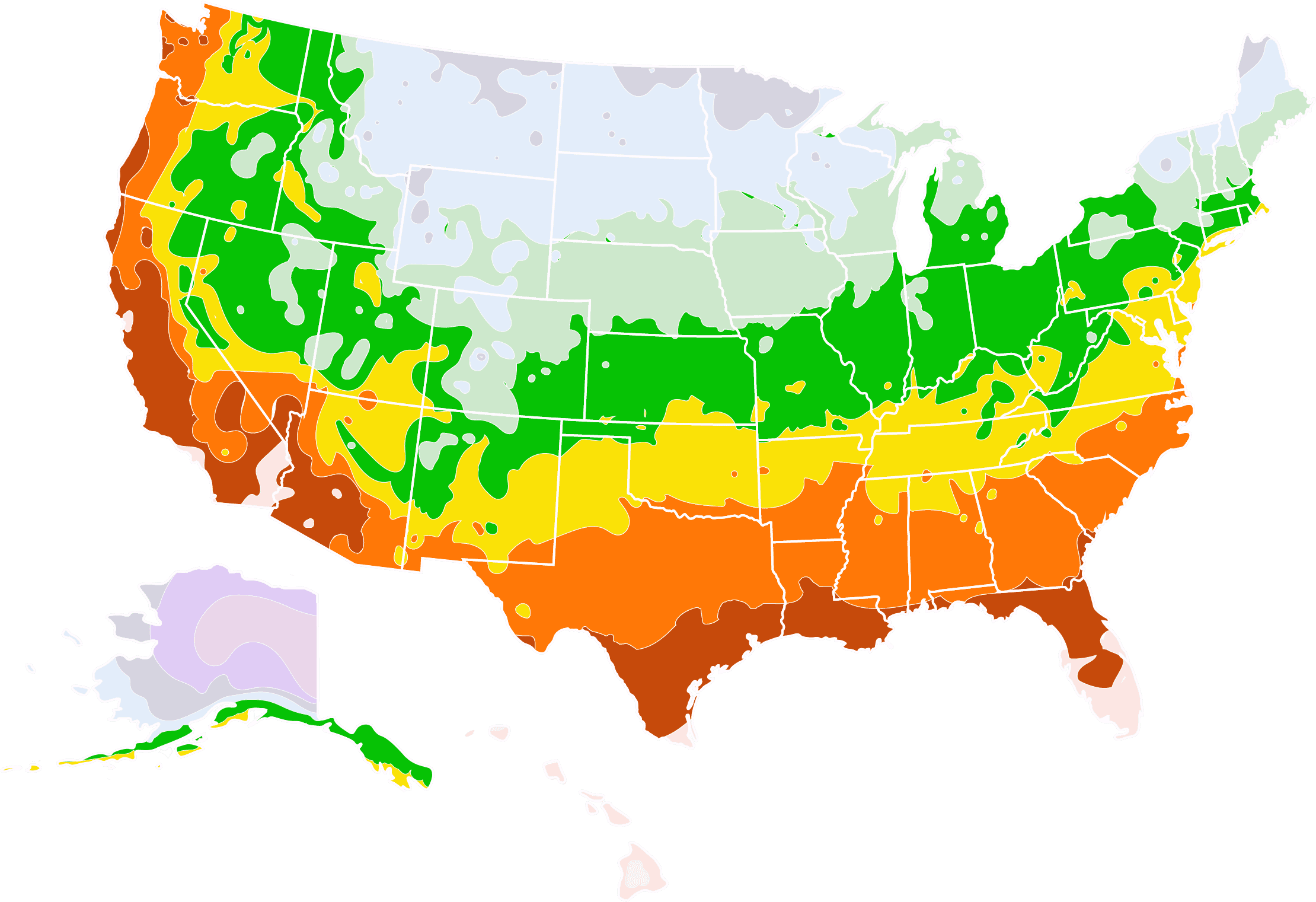- Home >
- Nut Trees >
- Elliot Pecan Tree
Elliot Pecan Tree for Sale - Buying & Growing Guide
- Ships in 1-2 days
- 1-Year Warranty Eligible
- Pots or accessories are not included unless specified in the product options.
Shipping Details:
Once your order is shipped, you’ll receive an email with a tracking number and estimated delivery date. Most orders ship immediately, but some items are seasonal and may only ship in spring or fall. These products are noted on the website.
Any gardener who loves the taste of pecans should consider growing the Elliot pecan tree in their yard. This cultivated pecan tree variety, Carya illinoinensis 'Elliot,' is capable of providing a large harvest of delicious pecans. Those pecans not only appear in large quantities, but they are also very sweet and have thin shells that are easy to crack. The Elliot pecan tree is also one of the most disease-resistant pecan tree varieties you can find, so you can expect this plant to remain healthy and productive for as long as you take good care of it.
- The Elliot pecan tree produces a large harvest.
- It develops nuts that are sweeter than most other pecans.
- This cultivar offers fantastic disease resistance.
Plant Care
Sunlight

The Elliot pecan tree grows best in areas that receive full sunlight.
Watering
Newly planted trees need water once per day. Older trees need water at least once every two weeks.
Fertilizing

Feed in early spring or late winter with a balanced fertilizer or one that is high in nitrogen.
Planting and Care
Planting instructions
Before planting an Elliot pecan tree, you should find a large open area, as these trees become quite large at maturity. Typically, it’s a good idea to give this plant about 30 feet of space. The growing location should also have full sunlight and deep soils that drain efficiently. Plant your tree by digging a hole that is twice as wide as the tree’s root ball and about as deep as the root ball is tall.
Watering and nutrients
Once you have planted your Elliot pecan tree, you should water it daily for most of the first growing season. Following that first season, you should water this plant every two weeks or more often during hot weather. It’s best to fertilize an Elliot pecan tree during the late winter or early spring while the tree transitions from dormancy to an active growth stage. The fertilizer you use should either have an equal balance of the three main nutrients or be somewhat nitrogen-rich.
Pollination
Pollination for Elliot pecan trees is somewhat complex. Although this plant has both male and female flowers, which typically allows for self-pollination, the Elliot pecan tree still needs at least one pollinating companion plant. The reason for this is that the Elliot pecan tree is a Type IIpecan tree, meaning it sheds its pollen well after the female flower structures are receptive to pollen. To allow for pollination, it is best to grow a Type I pecan tree nearby. These trees produce pollen earlier and will make it far more likely that your Elliot pecan tree will produce nuts.
Pruning
There are two times of year during which you can prune your Elliot pecan tree. The first occurs in early spring when active growth resumes. The second period is during the early fall. In either of those seasons, you can prune to remove dead, damaged, and diseased limbs. You should also prune away branches that grow at a narrow-angle to the trunk as these branches do not support high volumes of nuts as well as branches that are more horizontal.
Pests, diseases, and animals
Unfortunately, there are many diseases and pest issues that an Elliot pecan tree may face in its lifetime. Powdery mildew, rot, fire blight, and many more diseases can harm this tree. Additionally, the Elliot pecan tree can contract cedar apple rust when it grows too close to a cedar tree. Regarding pests, aphids, stink bugs, webworms, and weevils can all cause infestations that diminish this plant’s health and ability to produce fruits. On the positive side, the Elliot pecan tree is more resistant to scabbing than other pecan tree types.
Harvesting
The nuts of an Elliot pecan tree will be ready for picking in the fall. Harvest times typically fall somewhere between late September and November. When harvest arrives, there will be a few visual cues that indicate a nut is ready to pick. The first sign is that the outer husk of the nut has split open to reveal the shelled nut within. The shell of the nut itself should have an even and deep brown color.
Achieving maximum results
To get the best results from an Elliot pecan tree, you should make sure that you plant it in an area that has soil that is at least 3 to 5 feet deep. Soils that are shallow or rocky often fail to support this tree’s growth. Also, don’t be surprised if you cannot grow other plants near your Elliot pecan tree. Like other pecan trees and walnut trees, the Elliot pecan tree releases a chemical into the soil that kills plants that may compete with it.
FAQs
Why is it called an Elliot pecan tree?
The Elliot pecan tree is named after Henry Elliot, the man who owned the property on which this cultivated pecan tree variety first emerged. Following its arrival, the Elliot pecan tree became popular due to its flavorful nuts and its impressive ability to resist scab. The Elliot pecan tree was also a strong producer of nuts from the beginning — the first tree gave 250 pounds of nuts for harvest.
How large does an Elliot pecan tree grow?
If you choose to grow an Elliot pecan tree, you should have a growing area that has plenty of open space. With the right care, an Elliot pecan tree can reach a height of more than 100 feet once it is mature. These trees also develop a considerable spread. Typically, you should provide at least 30 feet of space around this tree, but it can be wise to provide even more space than that, such as 40 or 50 feet.
What are Elliot pecans like?
One of the reasons that so many people love the Elliot pecan tree is that the nuts it produces are quite sweet compared to other pecans. This sweetness makes this nut a delicious treat and a useful ingredient in baked goods. Elliot pecans also have a round shape and are usually a bit more firm than other pecans, which makes for a crunchy texture.
Compare Similar Products
You can't add more Product Name - Product size to the cart.
OK